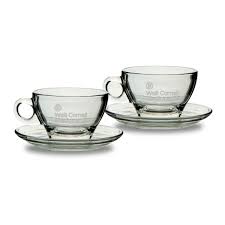Switzerland has some unique ways of making and serving coffee. One notable tradition is the “Schümli-Pflümli,” a Swiss coffee drink that combines coffee with plum schnapps and whipped cream.
Here are a few other Swiss coffee specialties:
Café Crème: A popular Swiss coffee, it’s a large coffee similar to an Americano but typically served with a layer of crema on top.
Kaffee fertig: This is a coffee with added Schnaps or Kirsch (a type of cherry brandy), served hot and often enjoyed in the winter.
Luzerner Kafi: A regional specialty from Lucerne, this is a coffee with Schnaps and sugar, sometimes with a bit of whipped cream.
Zuger Kirschtorte Coffee: Inspired by the famous cherry cake from Zug, this coffee includes cherry liqueur and is often served with a small piece of the cake or similar dessert.
These coffee traditions highlight Switzerland’s blend of coffee culture with local flavors and ingredients.
Interested in studying International Affairs? Join JCU’s International Affairs Program to gain valuable global service experience and open doors to endless opportunities! #InternationalAffairs #GlobalService #JCUhttps://t.co/y9xDG6zwW6
— John Cabot University (@JohnCabotRome) June 12, 2024
🐰 🐰 Hey friends! Don’t forget to shout “Rabbit, rabbit!” today for a month of good vibes. But have you ever wondered where this bouncy tradition came from? https://t.co/8PGn9Qhdyo pic.twitter.com/adAGShnwk7
— The Farmers’ Almanac (@FarmersAlmanac) July 31, 2024


























